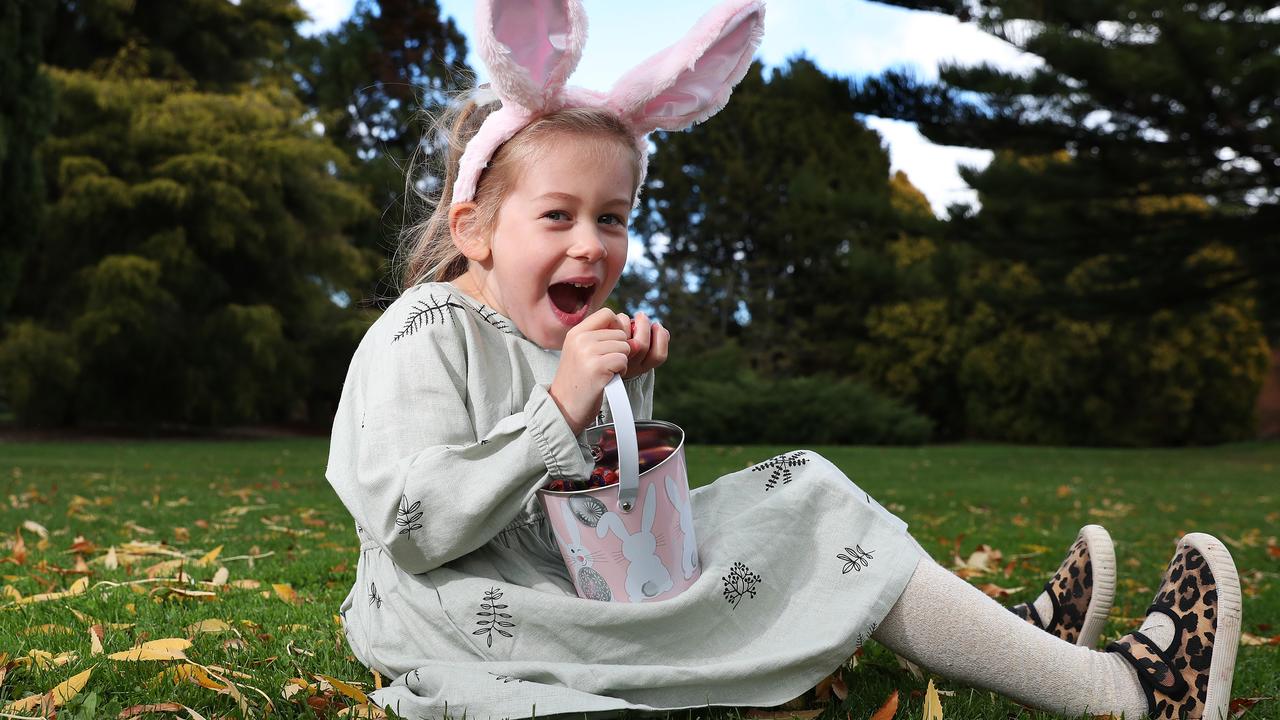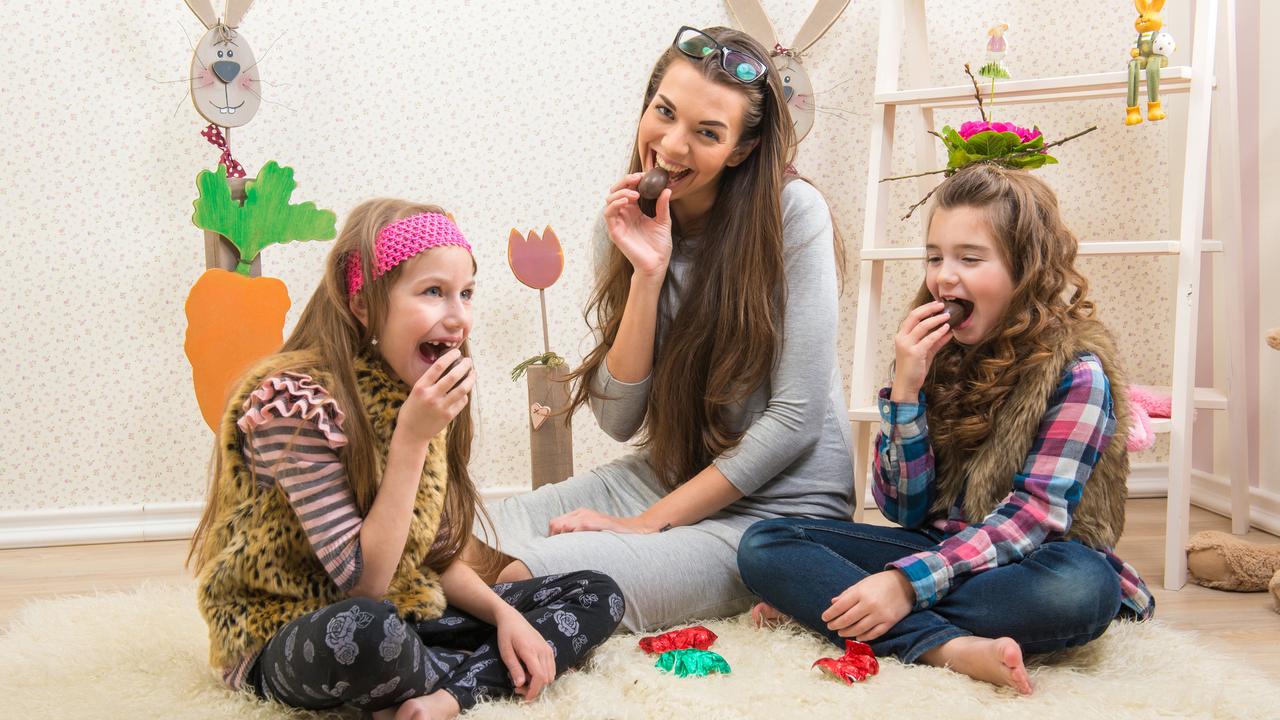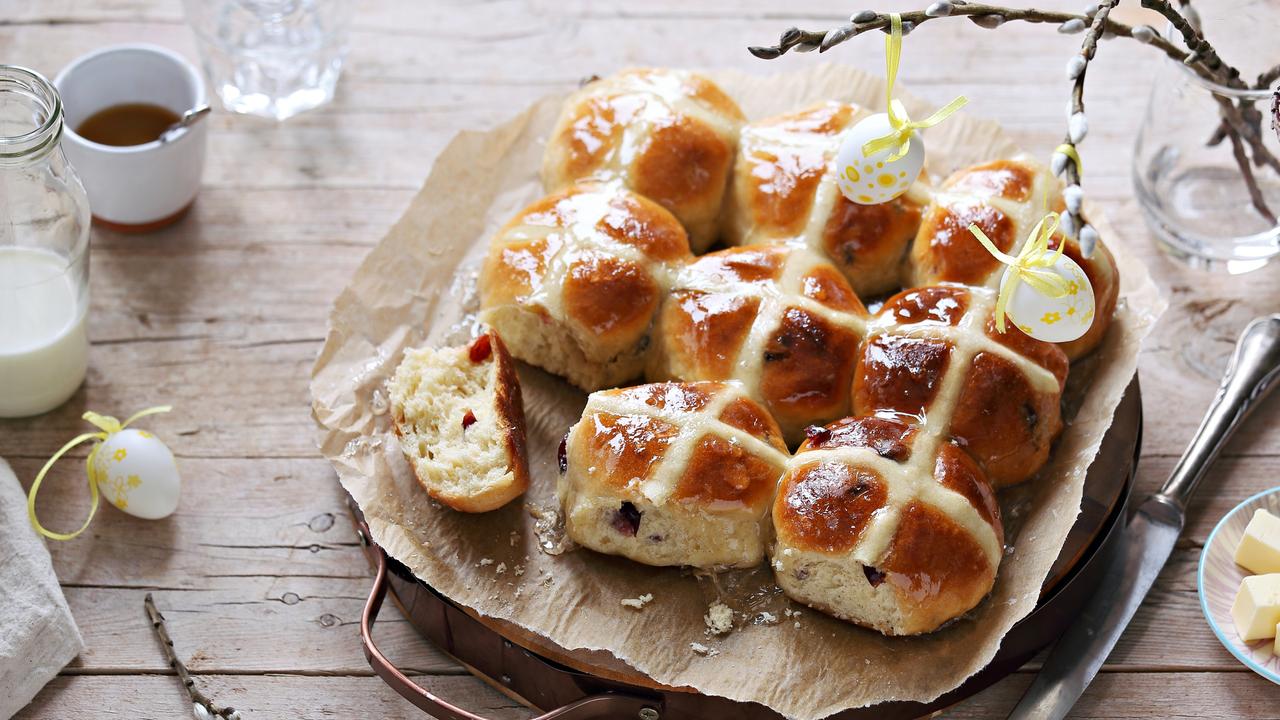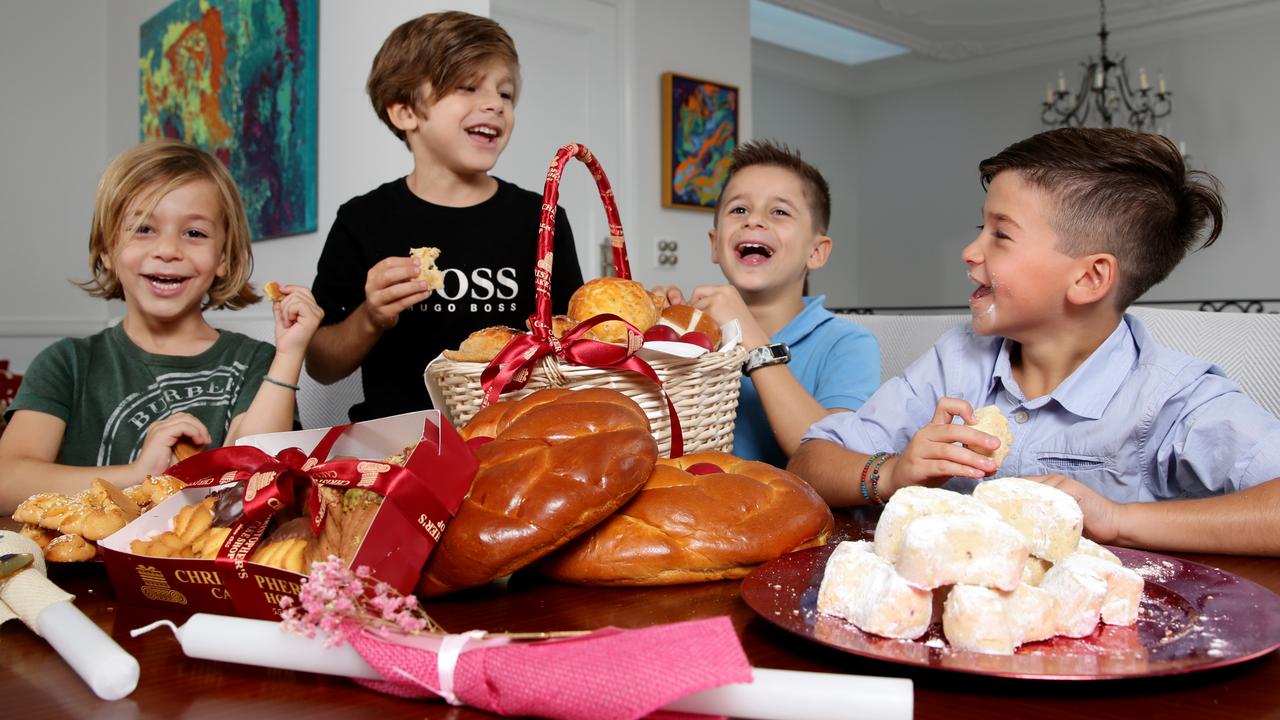Easter celebrations and traditions around the world
For many, Easter means chocolate eggs, bunnies, hot cross buns and church services. Kids News researched why we celebrate Easter, when it will be and how common traditions began

READING LEVEL: GREEN
Easter is almost here. What does that mean for you?
Kids News wondered why people celebrate Easter, how we know when it will be each year and how common Easter traditions began.
Here’s what we found out.
WHAT IS EASTER?
Easter is a Christian religious tradition that celebrates stories from the Christian bible about the resurrection* of Jesus and marks the end of Lent, which is a period of fasting, or giving up certain treats.
Those who follow the Christian bible believe that Jesus died on a cross on Good Friday and then his body was taken to a tomb, where it was guarded by Roman soldiers.
Three days later, some of Jesus’s followers discovered that his body had disappeared.
His followers believed that Jesus came back to life — was resurrected — on this day, which has become known as Easter Sunday.
WHEN IS EASTER?
Easter falls on different dates each year, ranging between March 21 and April 25.
The date is decided by calculations based on observations of the equinox* and the next full Moon.
In early Christianity, different churches used different methods to calculate the date. Eastern and Western Christian churches continue to celebrate Easter according to different calendars, although sometimes the dates coincide.

In Australia, public holidays for Easter are taken from the Western Christian calendar, called the Gregorian calendar. This places Easter Sunday as the Sunday after the first full moon after the (northern hemisphere) spring equinox.
In 2020 Easter falls on Sunday, April 12, meaning Good Friday is the 10th and Easter Monday is the 11th.
Eastern Christian or Orthodox churches, which follow the Julian calendar, celebrate Easter Sunday this year on April 19.
WHY DO WE GIVE EGGS?
Chocolate or decorated eggs are one of the most recognisable modern traditions of Easter.
For those who follow the religious meanings, hollow chocolate eggs have become a symbol of Jesus’s empty tomb.
Eggs are also a symbol of rebirth.

WHY IS THERE AN EASTER BUNNY?
Bunnies or rabbits do not appear in Christian stories.
They began to be a part of Easter traditions in the 1600s.
Early drawings of rabbits at Easter from Germany show the floppy-eared creatures delivering toys and eggs in baskets to Christian families.
Many historians believe the tradition comes from a pagan* festival called Eostre, dedicated to the goddess of fertility (to do with pregnancy and the birth of babies), who is often depicted as a rabbit.
This ties in with the Christian Easter celebrations of the rebirth of Jesus.

WHAT DO HOT CROSS BUNS STAND FOR?
Spiced fruit buns with a white cross are an Easter tradition in Australia and some other countries, and began in the UK.
The cross represents the cross that Jesus is said to have died on and the spices signify the spices that people who looked after his body would have used to embalm* him.

MORE EASTER TRADITIONS
In Spain there are Easter parades, for which people wear conical* hats and carry olive branches.
There are also parades featuring olive branches in Portugal and people bake bread called folar, with an egg in the middle.
People in Ireland clean their homes, have a haircut, trim their fingernails and shop for new clothes before Easter Sunday.
Children in Sweden dress up as scary Easter witches on Maundy Thursday and walk around the neighbourhood collecting lollies, a bit like Halloween.
Orthodox Christians, including members of Greek and Russian Orthodox churches, dye eggs red to signify the blood of Jesus.
Russians clean their homes on Clean Thursday, the day before Good Friday.
Many cultures have a special Easter bread. In Russia, people bake kulich, a sweet yeast bread with raisins, nuts, and candied citrus rind sometimes cooked in a coffee tin.
In many European cultures including Serbia, Ukraine and Poland, Easter feasting includes many of the rich foods people gave up for Lent, such as meat and eggs.
Parts of this story were first published on The Sun and are republished here with permission.

GLOSSARY
resurrection: coming back to life after death
equinox: day and night of equal length, when the Sun crosses the equator from south to north
pagan: religious beliefs other than the main religious beliefs in the world; often describes ancient rituals
embalm: preserve, after death
conical: cone-shaped
EXTRA READING
What is chocolate and is it good for you?
We’re flipping out over Pancake Tuesday
’Tis the season for customs and traditions
QUICK QUIZ
When and where did rabbits start being part of Easter traditions?
Explain the meaning behind hollow chocolate eggs.
What does the cross on hot cross buns signify?
What plant features in Easter parades in Spain and Portugal?
What is a kulich?
LISTEN TO THIS STORY
CLASSROOM ACTIVITIES
1. What Does Easter Mean for You?
Write down what Easter means for you. (There’s no right or wrong answer!) Then, using your ideas, design a greeting card to send to a friend or family member that shares with them what is special about Easter for you.
Time: allow 30 minutes to complete this activity
Curriculum Links: English, Visual Communication Design
2. Extension
Easter and the Easter holidays are usually a time where we can visit family, maybe go away on holiday, go to special Easter activities and events, do different activities and have fun with friends. This year that’s not going to be possible. Create a set of special Easter activities and fun ideas that you can do at home. Don’t forget to include ways that you can stay in touch with friends and family. Are there any awesome experiences or places that you can visit online?
Time: allow at least 30 minutes to complete this activity
Curriculum Links: English, Personal and Social Capability
VCOP ACTIVITY
Opener Operation
After reading the article, with a partner, highlight all the openers you can find in blue. Discuss if they are powerful and varied openers or not. Why do you think the journalist have used a mix of simple and power openers? Would you change any, and why?
HAVE YOUR SAY: Do you celebrate Easter? How do you celebrate?
No one-word answers. Use full sentences to explain your thinking. No comments will be published until approved by editors.

